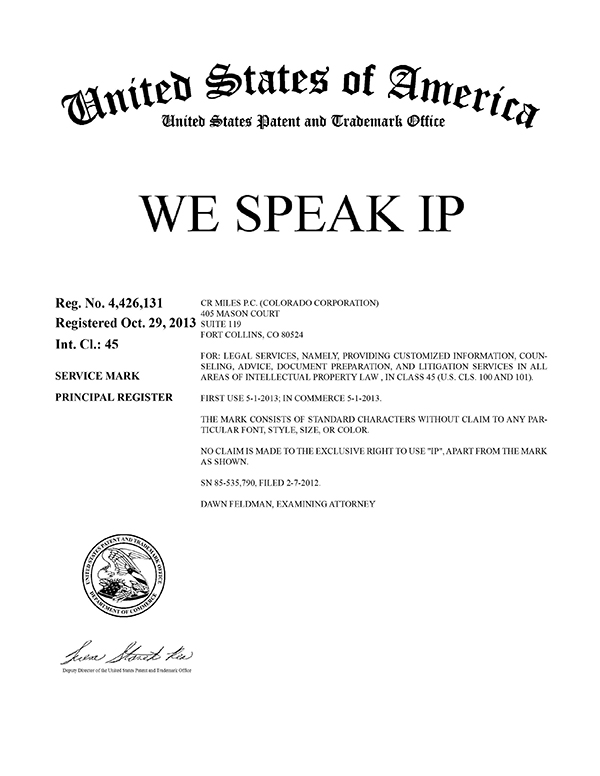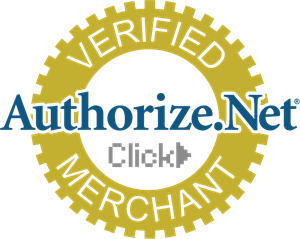Trademark Law
Trademark
 What Is A Trademark?
What Is A Trademark?
A thoughtful trademark strategy turns words, symbols, colors, product packaging shapes, sounds and smells, or any combination of these if used in a way that identifies and distinguishes the source of the goods and/or services of one party from those of others. However, features of a product that are functional in nature or words or symbols that are generic or merely descriptive may not be able to serve as a trademark by themselves.
How To Use Trademarks to Direct Traffic.
Commercial success or failure of a product often is determined by ready identification by the consumer. A trademark is capable of distinguishing a particular manufacturer or seller's products or services from the products of another. Trademark law furthers the goal of ready identification of the source of goods by regulating the proper use of trademarks. When marks are used to identify the source of services, they are called service marks. Proper use of a trademark in association with goods or services directs traffic to the manufacturer or seller of the product or service.
Be Thoughtful in Product Development.
Careful consideration of how a product is packaged and marked during product development is paramount to ensure that opportunities are not overlooked to turn words, logos, slogans, colors, product configurations and packaging shapes, sounds, and smells into commercially valuable assets.
Trademark strategy, thoughtfully coordinated with brand development, can result in trademark rights that provide legal protection for the product features that induce the consumer to purchase one product over another.
Ensure Your Trademark Doesn’t Infringe.
If a party owns the rights to a particular trademark, any subsequent use of another mark that is likely to cause consumer confusion in association with the same or similar goods may constitute trademark infringement.
A poorly developed branding strategy will in the long run be more costly to maintain and protect than the cost of thoughtful identification and clearance of trademarks in advance of commercial use. It’s essential to make a long-term plan when considering how to trademark your goods and services so as to promote growth while ensuring protection.
Know Other Advantages of Registering Trademarks.
Trademark registration with the United States Patent and Trademark Office confers a number of benefits to the registrant in addition to those described above:
• Gives the registrant the right to use the trademark registration symbol ®
• May give a party protection for the mark nationwide, even if actual sales are in a limited area
• Constitutes nationwide constructive notice to others of the registrant’s claim of ownership in the trademark
• Acts as a bar to the registration of another confusingly similar mark
• Enables the registrant to bring an infringement suit in federal court
• Allows the registrant to potentially recover treble damages, attorney fees, and other remedies
• After five years, the registered trademark may become "incontestable"; the exclusive right to use the mark may be conclusively established in the registrant, subject to certain statutory defenses
• May serve as the basis for an international trademark application
Frequently Asked Questions
Trademark applications are most often rejected when the examining attorney identifies a confusingly similar trademark that was filed or registered before the filing date of the new application, when a mark is descriptive of the applied-for goods or services and the applicant has not begun using the mark in commerce, when a mark is the generic name for the applied-for goods or services, when the specimens (samples) of trademark use do not meet the Trademark Office's requirements, or when the applicant does not timely respond to an Office Action.
No, having a lawyer is not a requirement for filing a trademark application, but because the application process and requirements can be complicated and difficult to navigate, having an attorney can help to identify issues that may arise in the application process and can prepare the application to meet the Trademark Office's requirements, it can save the applicant the time and expense involved in trying to fix things later on. Some things simply can't be changed (fixed) once an application is filed.
On average, if a trademark is in use in commerce when the application is filed and no major substantive issues are raised by the examiner, the process takes 18-24 months to complete. If the application is filed on the basis of an intent to use the mark commercially, the time to reach registration will depend on how long it takes the applicant to begin commercial use of the mark and complete the "proof of use" filing. As much as three years could be added onto the application time if the full amount of time for proving commercial use is taken.
A trademark registration term is 10 years, but an interim filing must be completed between the 5th and 6th years following registration in order to maintain the registration. The applicant must submit specimens (samples) of the mark as it is being used commercially at that time and must pay an official fee. As the end of the 10-year term then approaches a filing will need to be done in which the applicant again submits specimens (samples) of the mark as it is in use commercially at that time and pays a renewal fee. After that, the registration can be renewed every 10 years by submitting specimens and paying a renewal fee for so long as the mark is still in commercial use for the goods or services identified in the registration.
If a required trademark filing is not completed and the registration lapses (expires), the mark owner can still maintain common law trademark rights in the mark by continuing to use the mark commercially.
A trademark search is done in order to understand what the field of marks for that mark looks like and whether there are confusingly similar marks already on the register for the same or related goods or services that may block the new mark from being able to register. It helps an applicant avoid wasting time and money by identifying potentially conflicting marks or other problems with the mark before applying so that the applicant can make changes or can select a different mark.
Areas of Practice
What You Should Know
- CR MILES coordinates brand development with a thoughtful trademark strategy to turn words, symbols, colors, product packaging features, sounds, and smells into commercially meaningful intellectual property assets.
- CR MILES performs rigorous clearance searches of marks to assess and reduce the risk of infringement in the existing marks of other parties.
- CR MILES prepares United States trademark applications that meet all the statutory requirements of United States trademark law and the Rules of the United States Patent and Trademark Office.
- CR MILES guides United States trademark applications through the lengthy trademark examination process to obtain meaningful trademark rights.
- CR MILES has a process to successfully resolve or defend marks against the opposition of third parties.
- CR MILES has an international process to obtain trademark protection in marks in foreign countries worldwide.
Get Started Now!
Fill out the form below to send us a message or call 1.888.203.0022.





